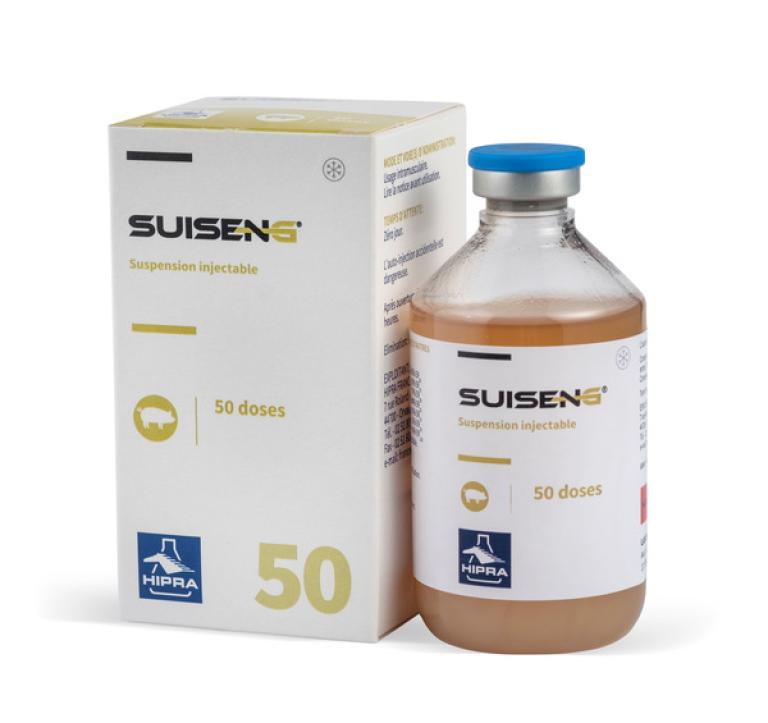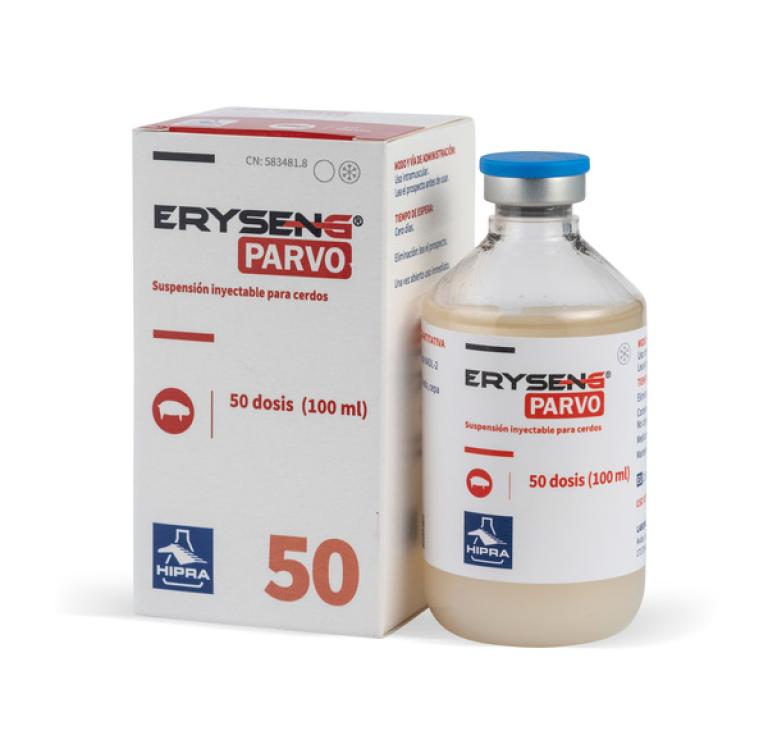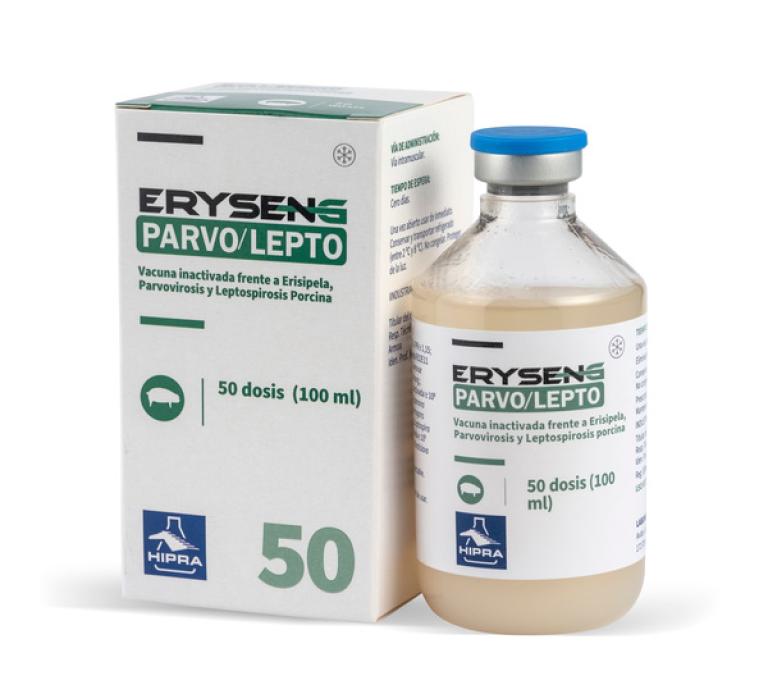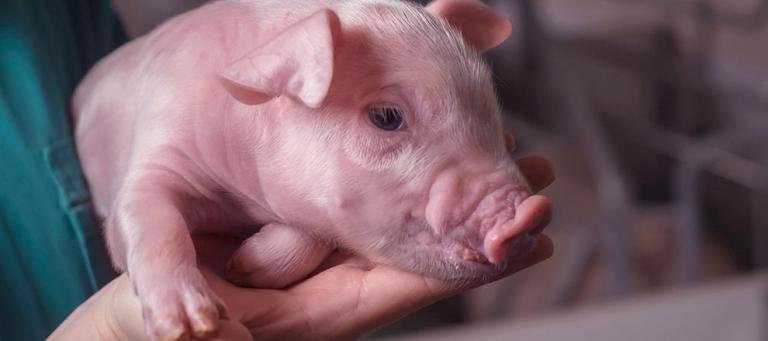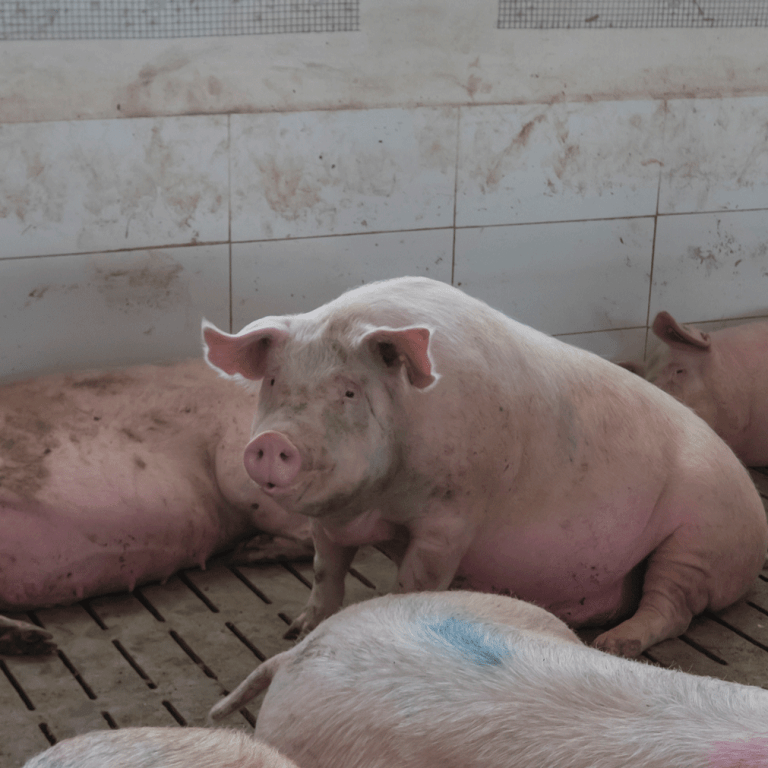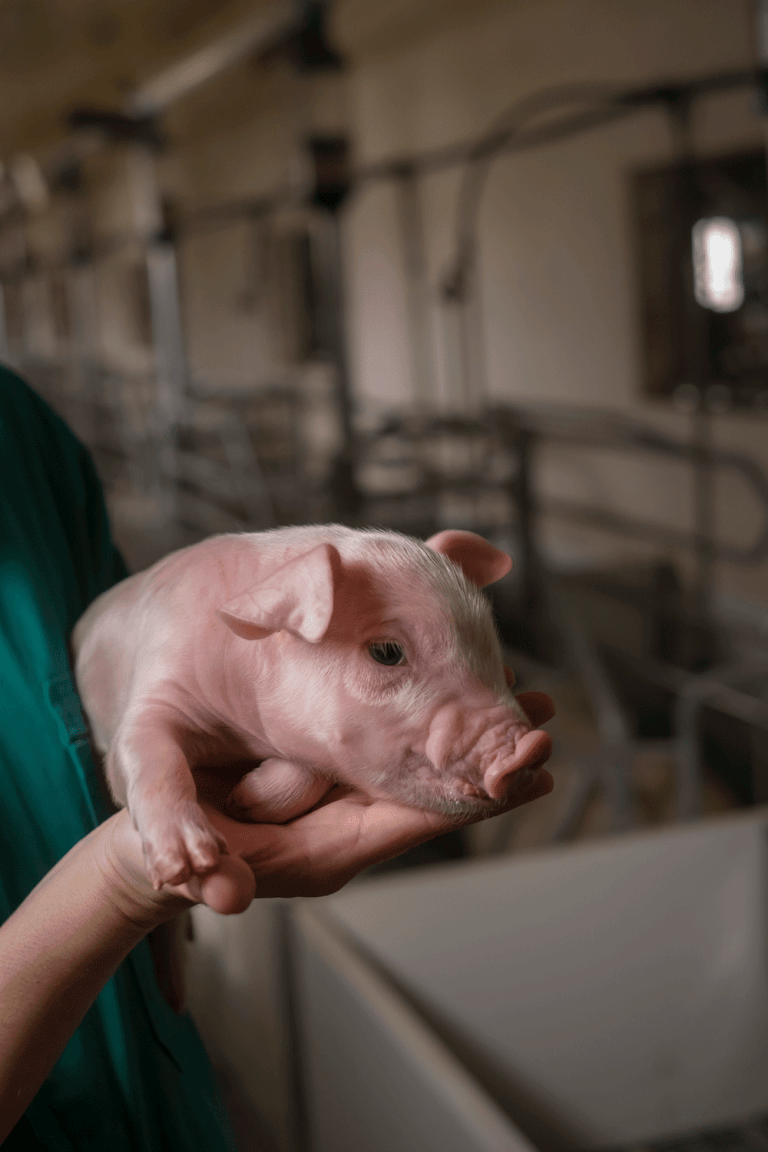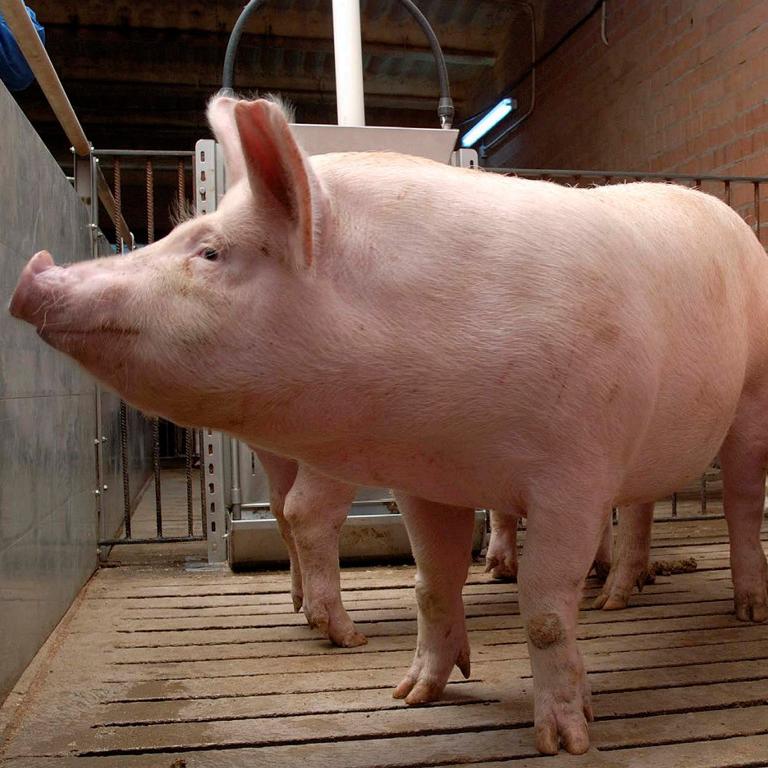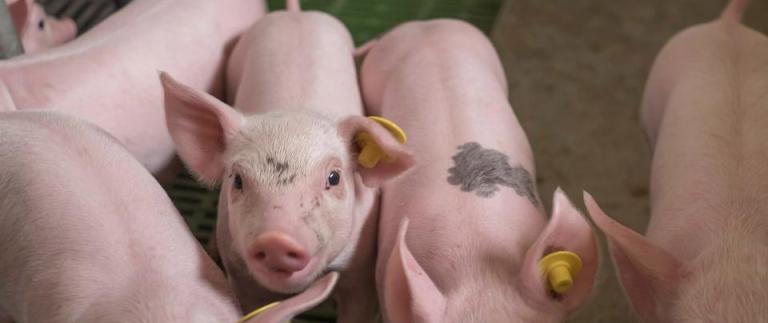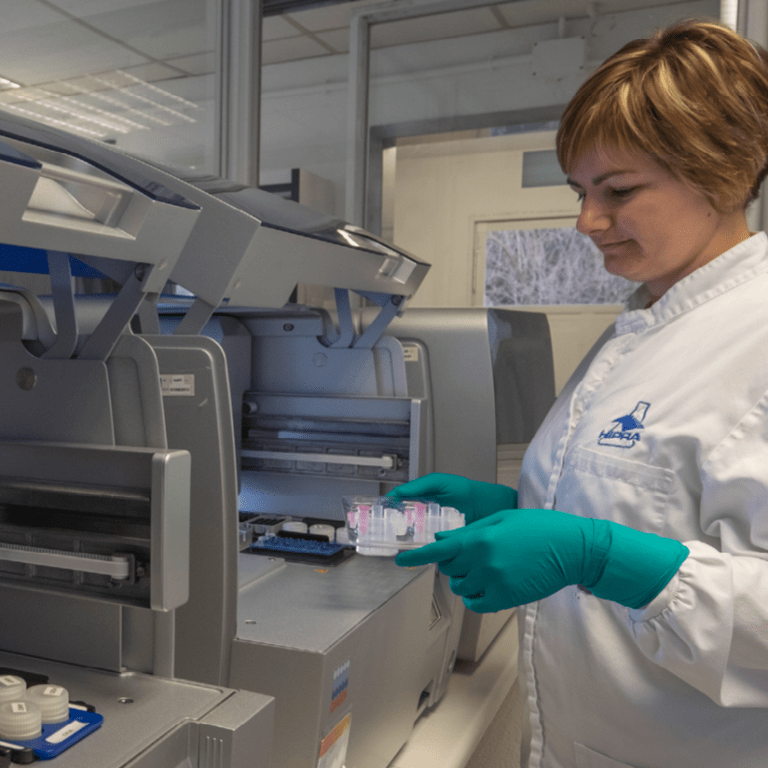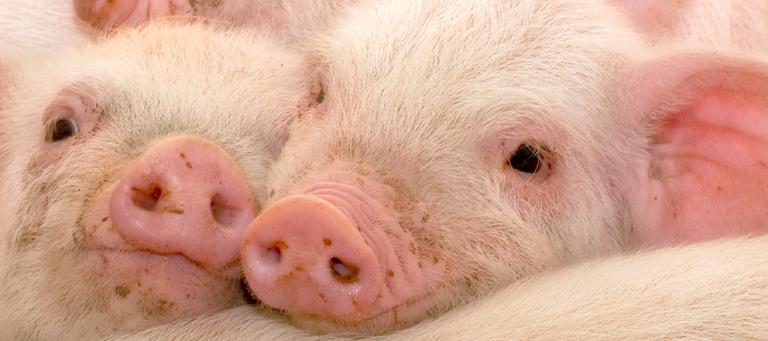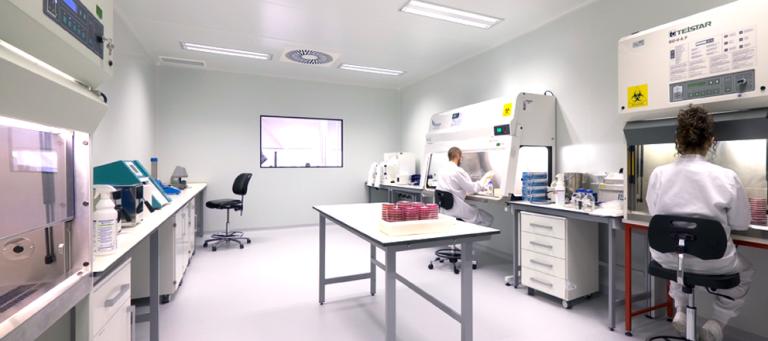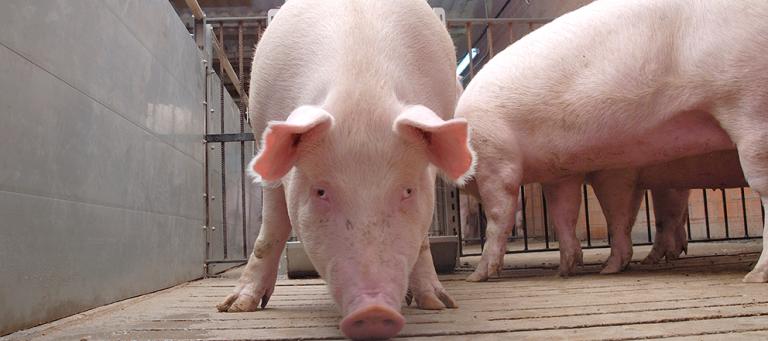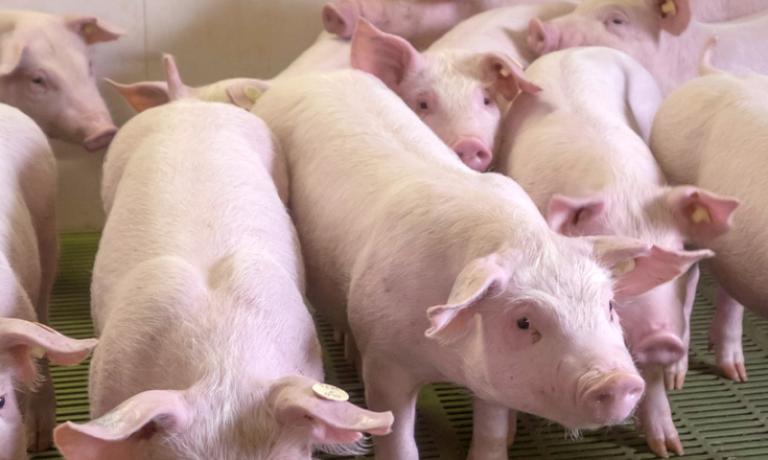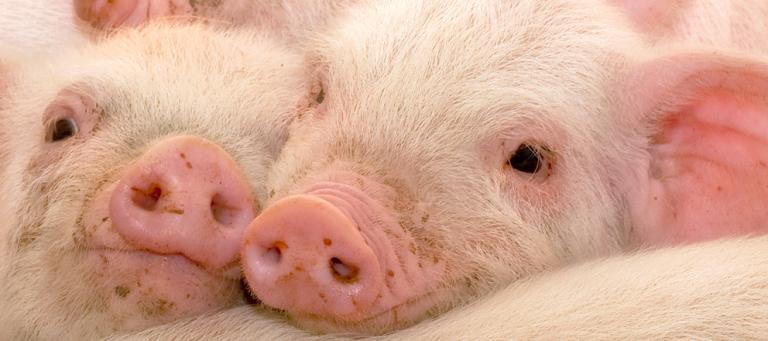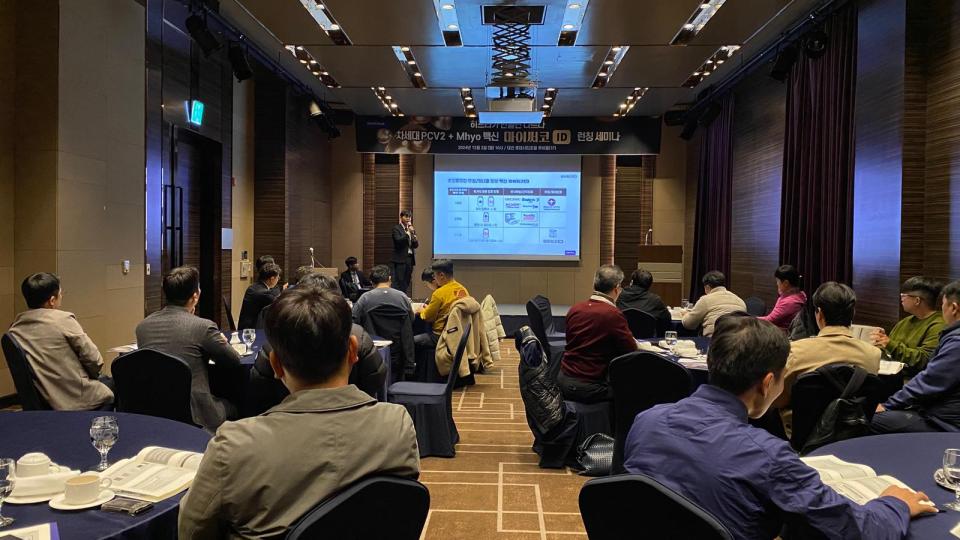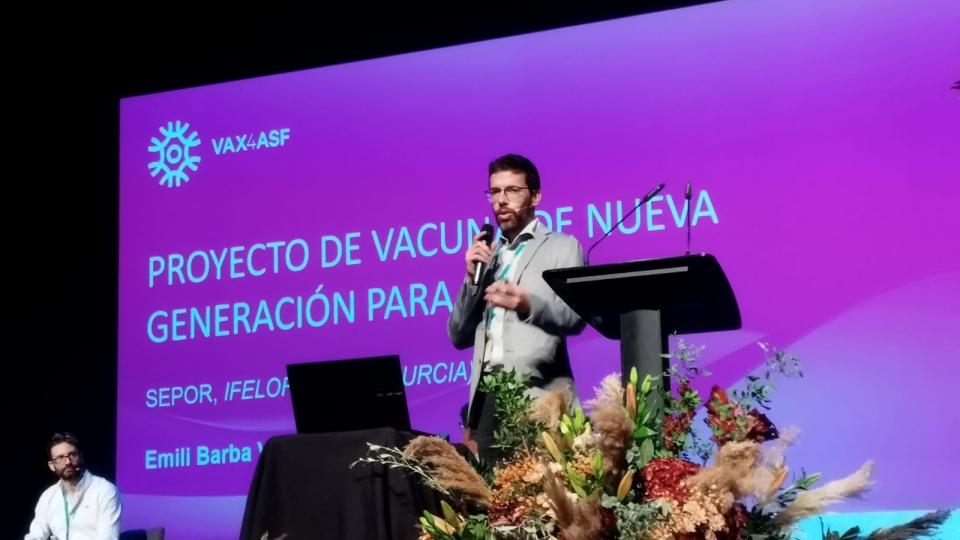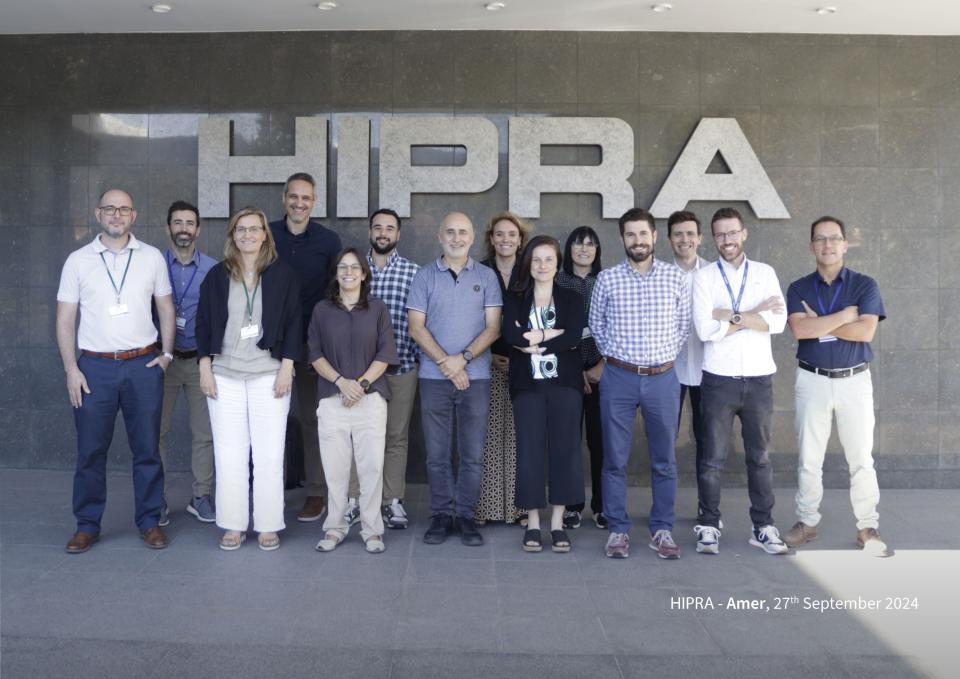Enzyme-Linked ImmunoSorbent Assay (ELISA). Detection of serum (oral fluid) antibodies. It is easy, rapid and cheaper compared to other assays. Some ELISAs have the ability to identify antibodies against both type 1 and type 2; others can distinguish genotypes.
Seroconversion (it means, become positive to antibody tests) indicates that an animal has been PRRS virus infected or alternatively, that it has been vaccinated. However, individual responses are variable and some problems of sensitivity and specificity could exist at this level. Thus, major discrepancies between different commercial ELISAs have been observed classifying individual pigs; this problem may be solved by resampling pigs. Nevertheless, ELISA is one of the most common assays used detecting and monitoring infections on a herd basis.
Series of samples from various ages are useful to determine the age of infection and the duration of maternal antibodies, which are usually detected up to 6-8 weeks of age.

Immunoglobulin M is detected within 7 days, whereas Immunoglobulin G is detected within two weeks. If ELISA assay is based on detecting antibodies against N protein, positive results are usually obtained at 14 days and maximum peak is usually detected at 5-6 weeks post-infection. Some pigs may become seronegative within 3–6 months, but others remain seropositive for much longer.
Limitations:
- At present, commercial ELISAs cannot distinguish infected from vaccinated animals.
- ELISA should not be used to estimate the stage of the infection.
- Antibodies detected by commercial ELISAs do not correlate with protection.
- High antibody levels detected by ELISA are not necessarily related to virulence.
- In a revaccinated animal or after an infection in a previously infected/vaccinated animal, an increase in antibody levels cannot always be observed.
Immunoperoxidase monolayer assay (IPMA) and immunofluorescence assay (IFA).
Both assays are based on indirect staining of pre-prepared monolayers of infected cells. Briefly, porcine alveolar macrophages are seeded and infected with PRRS virus in microtitre plates. Later, serum to be tested is added. If antibodies are present in the serum, they will bind to the antigen in the cytoplasm of the infected cells. In the case of IPMA, the bound antibodies are detected by anti-species horseradish peroxidase conjugate and a chromogen. The result is read using an inverted microscope. IFA is similar to IPMA, but in this case the bound antibodies are detected using an anti-porcine-IgG conjugated to fluorescein. The result is read using a fluorescence microscope. In both cases, sensitivity could depend on expertise of the laboratory and on antigenic differences between the isolate used in the test and the field virus that induced the antibodies.

VNT. Virus neutralisation test.
It detects antibodies capable of neutralising PRRS virus in cell cultures. Neutralising antibodies develop slowly and do not reach high titres. The sensitivity of VNT strongly depends on antigenic differences between the isolate used in the test and the field virus that induced the antibodies. It is not a routine diagnostic test. It is not standardised between labs.




